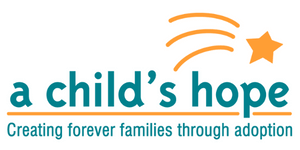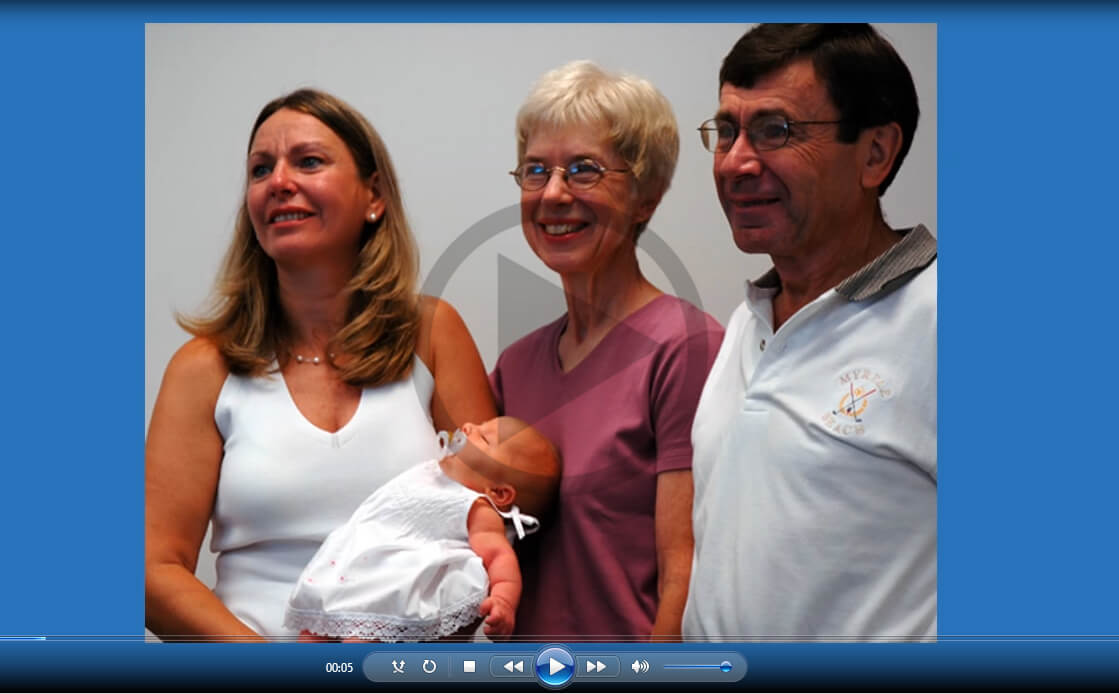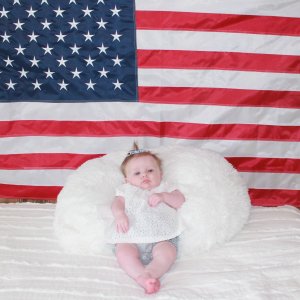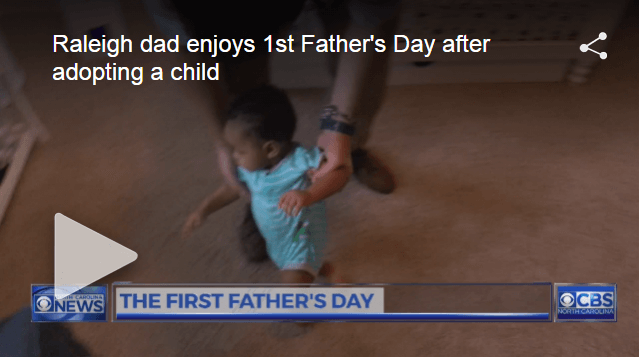Pregnancy and Infant Loss Awareness Month was first declared by President Ronald Reagan on October 25, 1988.
On that day he said:
 “When a child loses his parent, they are called an orphan. When a spouse loses her or his partner, they are called a widow or widower. When parents lose their child, there isn’t a word to describe them. This month recognizes the loss so many parents experience across the United States and around the world. It is also meant to inform and provide resources for parents who have lost children due to miscarriage, ectopic pregnancy, molar pregnancy, stillbirths, birth defects, SIDS, and other causes.
“When a child loses his parent, they are called an orphan. When a spouse loses her or his partner, they are called a widow or widower. When parents lose their child, there isn’t a word to describe them. This month recognizes the loss so many parents experience across the United States and around the world. It is also meant to inform and provide resources for parents who have lost children due to miscarriage, ectopic pregnancy, molar pregnancy, stillbirths, birth defects, SIDS, and other causes.
Now, Therefore, I, Ronald Reagan, President of the United States of America, do hereby proclaim the month of October as Pregnancy and Infant Loss Awareness Month. I call upon the people of the United States to observe this month with appropriate programs, ceremonies, and activities.”
Now I Lay Me Down To Sleep – nowilaymedowntosleep.org
NILMDTS offers the gift of healing, hope and honor to parents experiencing the death of a baby through the overwhelming power of remembrance portraits.
These priceless images serve as an important step in the healing recovery for bereaved families. NILMDTS remembrance photography validates the existence and presence of these precious babies by honoring their legacy.
Through further engagement in the organization, such as the NILMDTS Remembrance Walk and online support, families become a part of a compassionate and supportive community. Parents gain a sense of inclusiveness, alleviating the alienation and perception of being alone in their pregnancy or infant loss journey.
Starting Your Adoption Journey
If you, or someone you know, is considering adoption and would like to learn more, call A Child’s Hope at 919-839-8800, or Text PREGNANT TO 919-971-4396. You can also watch our placement day videos to hear recent adoptive parents share their stories adoption stories.
Pregnant? Not sure if you are able at this time to parent? If you are a birth mother and are looking to place your child in a loving home, contact our Birth Mother hotline to speak with an adoption counselor today at 877-890-4673 or Text PREGNANT TO 919-971-4396. To see placement day videos of A Child’s Hope families, click here. To see websites of our waiting families, click here.
For more information on the legal issues involved with adoption in North Carolina, visit parkerherringlawgroup.com.


 Carolina law
Carolina law Typically, we talk to moms about their adoption experience. This Father’s Day, we sat down with Kyle for the dad’s perspective on adoption in North Carolina. Last year, Kyle and his wife Alyson were hoping to adopt an infant through A Child’s Hope. Instead of one child, they became the proud adoptive parents of precious TWINS! Ben and Julia turned one this June.
Typically, we talk to moms about their adoption experience. This Father’s Day, we sat down with Kyle for the dad’s perspective on adoption in North Carolina. Last year, Kyle and his wife Alyson were hoping to adopt an infant through A Child’s Hope. Instead of one child, they became the proud adoptive parents of precious TWINS! Ben and Julia turned one this June.

 We are excited to share with you our video that features the children adopted through A Child’s Hope this year. In 2017, we
We are excited to share with you our video that features the children adopted through A Child’s Hope this year. In 2017, we 

